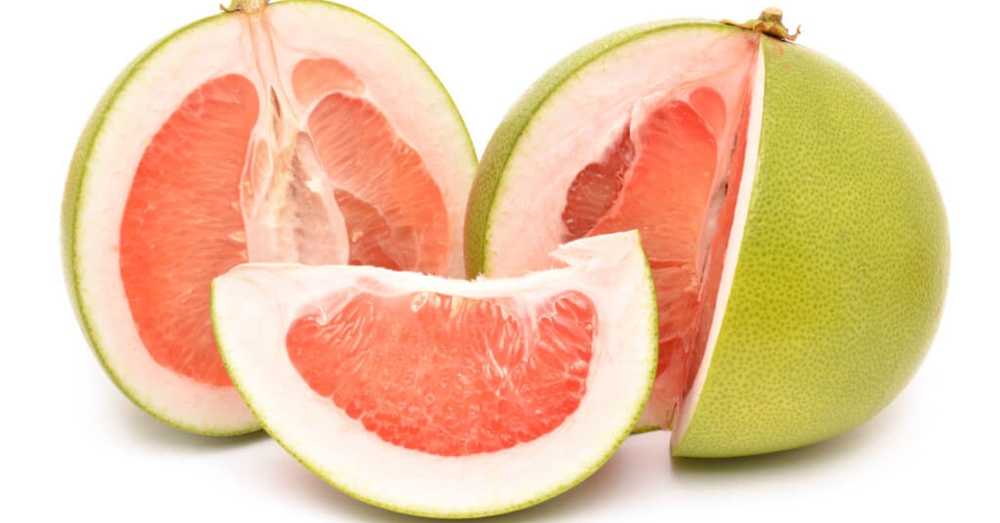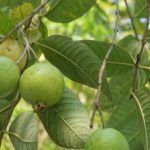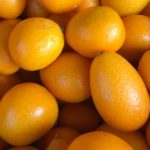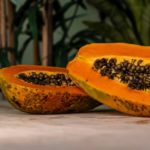10 Facts About Pummelo – Interesting and Fun Facts
A pummelo is considered as the giant among the citrus fruits and is well known as the ancestor of the grapefruit. Though the pummelo resembles the grapefruit, it is sweeter in taste. Now let’s check these ten facts about pummelo and learn more about this interesting fruit.
10 Facts About Pummelo
- The pummelo tree, which can be defined botanically as Citrus maxima are usually 16 – 50 ft tall with thick, low, irregular branches. The leaves are alternate, ovate, winged, or wingless. The flowers have a mild fragrance; fruits are round or pear-shaped. The peel of the pummelo orange is greenish-yellow or pale-yellow and flesh consists of 11-18 segments.
- Pummelo flowers are highly aromatic and are often used to prepare fragrances in various parts of Asia, especially in North Vietnam. Pummelo skin is used to make a preservative in candy confections.
- The skin of the pummelo has medicinal value. For example, raw pummelo skin is very helpful for patients who have excessive coughing problems.
- The pummelo is believed to have originated in Asia and then gradually migrated to other countries such as China, Japan, India, Fiji, Malaysia, and Thailand. Though its common name is pummelo, it is known by various names in different places. Examples are the Pamplemousse, Pomelo, Bali lemon, and Limau besar.
- Another fact – the pummelo can be found in a number of varieties like Banpeiyu, Chandler, Daang Ai Chaa, Double, Hirado, Hom Bai Toey, and Kao Pan.
- The best way to eat pummelo is fresh. However, there are other interesting ways such as adding slices of pummelo to desserts and squeezing the juice to make beverages.
- The nutritional value of the pummelo follows: 150 grams of Pummelo contains 160 calories and pummelo is fat, sodium, and cholesterol-free. This makes pummelo a very good source for dieters. Not to mention, the high quantity of vitamin C in the fruit.
- As pummelos have hard outer skin and compact round shape and size, it is easily portable from one place to another.
- This tropical fruit flourishes naturally at low altitudes close to the sea.
- The last fact – pummelo is generally available from November through February.




























